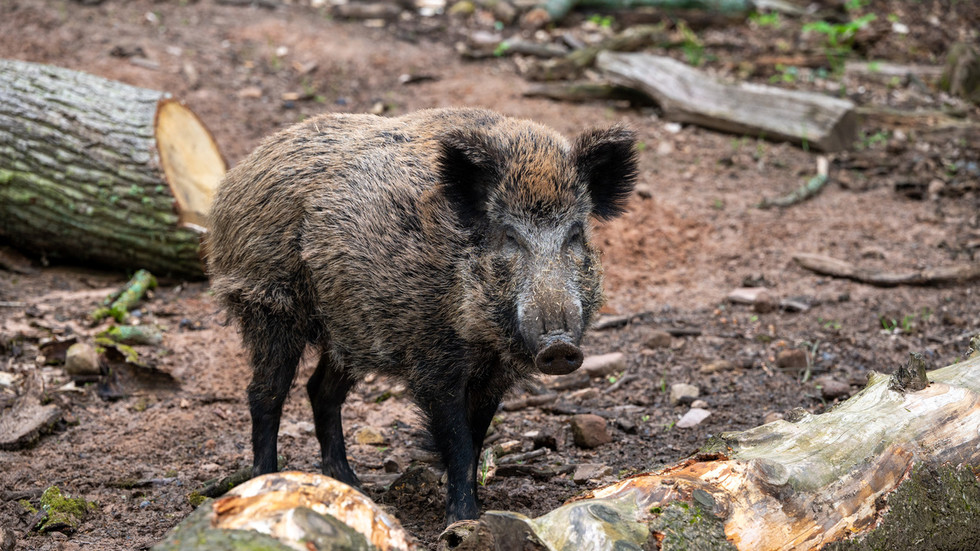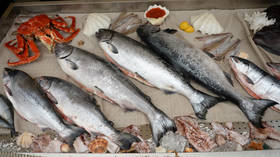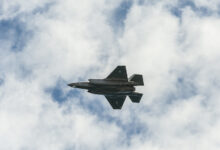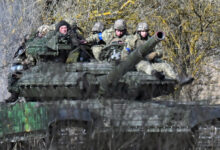
The Chernobyl disaster is not the only explanation for high radiation levels found in Bavarian wild pigs, a new study says

A wild boar © Getty Images / Harald Tittel; picture alliance
Nuclear weapons testing in the 1960s significantly contributed to high levels of radioactivity still detected in Europe’s wild boar population, a new study has found. Previously, the phenomenon was primarily attributed to the 1986 Chernobyl disaster.
On Wednesday, researchers from Vienna’s University of Technology and Leibniz University of Hannover published a study in the Environmental Science and Technology journal, in which they tested meat from 48 wild pigs from the German state of Bavaria.
All the samples, which were obtained between 2019 and 2021, contained traces of radiocesium – a radioactive isotope produced by nuclear fission – with some exceeding the regulatory limit by a factor of up to 25, the study claims.
Using an “emerging nuclear forensic fingerprint” the scientists found that the high radioactivity found in the meat traced back not just to the nuclear power plant disaster, but to much older Cold War nuclear bomb blasts conducted in the atmosphere, which continue to affect soil in the region.
“All samples exhibit signatures of mixing of Chernobyl and nuclear weapons fallout,” the researchers said, noting that “old” Cesium-137 from weapons fallout contributed anywhere from 10% to 68% of the levels found in specimens that exceeded the regulatory limit.

Read more
In some cases, Caesium-137 from nuclear weapons alone “can lead to exceedances of the regulatory limit,” the scientists added.
The report noted that the Bavarian region of southeast Germany has become notorious for its heavy contamination from the Chernobyl accident, and that in the years after the disaster, wildlife in the region exhibited high cesium concentrations.
However, in the decades since the incident, traces of the isotope have significantly declined in all animals except wild pigs. This so-called ‘wild boar paradox’ has been attributed to the consumption of deer truffles – an underground mushroom favored by boars. The scientists believe that radioactive cesium from nuclear detonations in the 1960s have sunk into the earth and contaminated the fungi, which is why radiation levels in the animals have persisted.
The researchers conclude that Bavarian boars will likely continue to exhibit high traces of radioactivity, as cesium from the Chernobyl accident will also continue seeping further into the soil, contaminating the truffles.
The German scientists also stressed that amid the rising threat of nuclear strikes or accidental releases of radiation amid the Russia-Ukraine conflict, it is imperative to prevent nuclear confrontation and be able to identify the sources of any release, and evaluate potential environmental consequences.
“Once released, radiocesium will remain in the environment for generations and impact food safety immediately and, as shown in our study, for decades,” the report reads.




